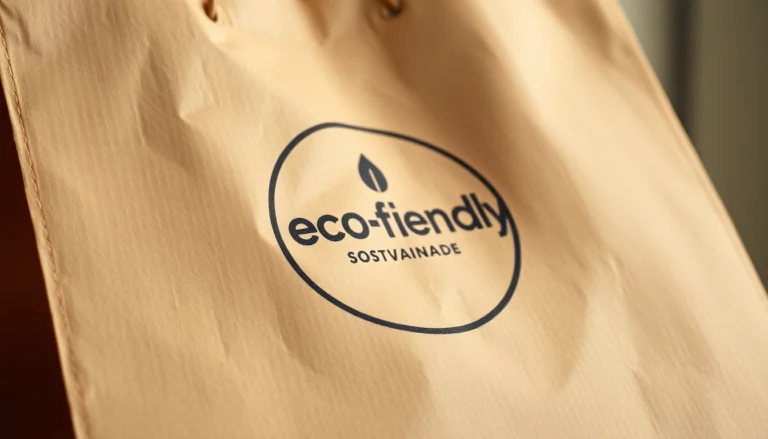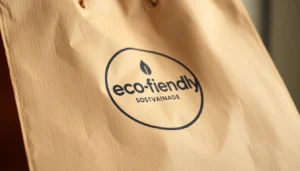Understanding the Benefits of Healthy Baby Food Made in Italy
When it comes to nourishing our little ones, parents are increasingly seeking options that combine safety, nutrition, and authenticity. Healthy baby food Made in Italy embodies these qualities, offering a nutritional foundation rooted in Italy’s renowned culinary heritage. Italian baby foods are distinguished not only by their rich flavor profiles but also by their strict adherence to quality and safety standards that safeguard infants’ health from the earliest stages of development.
Authentic Italian ingredients guaranteeing quality and safety
Italy’s reputation for culinary excellence extends to its baby food industry, where only the finest, carefully selected ingredients are used. Made-in-Italy products undergo rigorous quality controls, including certifications that ensure the absence of harmful substances such as BPA, phthalates, and artificial additives. These ingredients are locally sourced from trusted farms and suppliers, emphasizing transparency and traceability in the entire supply chain. This guarantees that each product contains genuine Italian produce, known for its purity and exceptional quality.
Nutritional advantages for early development
Italian baby foods are crafted with a focus on supporting early childhood development. Nutrient-dense, balanced recipes provide essential vitamins, minerals, and antioxidants vital for growth. For example, organic pasta and cereals made from Italian grains offer complex carbohydrates that supply sustained energy, while fruits and vegetables deliver vital fibre and micronutrients. The emphasis on natural, minimally processed ingredients ensures that babies receive optimal nutrition to strengthen their immune systems, promote healthy brain development, and support overall growth.
Certifications and standards ensuring product reliability
Italy’s strict regulatory framework for infant food guarantees a high level of safety and quality assurance. Certifications such as ISO compliance, organic labels, and certifications from national and European authorities ensure products meet rigorous standards. These standards cover everything from ingredient purity to manufacturing processes, providing parents confidence that every spoonful aligns with the highest safety requirements. Moreover, Italian brands often incorporate eco-friendly and sustainable practices, reinforcing their commitment to environmental and consumer health.
Key Features of Premium Baby Food and Accessories in Italy
Certified silicone baby utensils promoting safety
An essential aspect of early feeding involves the tools used for self-feeding. Italian brands prioritize safety by producing accessories in certified silicone, which is non-toxic, BPA-free, and free from phthalates and other harmful chemicals. These utensils are designed to be soft, durable, and easy to handle, encouraging children to develop independence at mealtime. Innovative features, such as ventosa (suction) bases, prevent spills and aid children in mastering self-feeding skills.
Balanced recipes aligned with Italian culinary tradition
Italy’s culinary heritage emphasizes the use of fresh, high-quality ingredients, and this philosophy extends to baby food. Recipes incorporate traditional flavors with a modern, health-conscious twist. For example, pureed vegetables seasoned lightly or organic pasta paired with natural sauces provide familiar tastes that nurture a child’s palate while ensuring balanced nutrition. This approach fosters a positive food experience and cultivates healthy eating habits from the start.
Design innovations supporting developmental milestones
Baby accessories in Italy often feature ergonomic designs tailored to support developmental milestones. Items like soft-edged plates, rainbow-shaped silicone bowls, and utensils with textured handles are crafted to promote fine motor skills, enhance sensory exploration, and assist in self-feeding. These thoughtful innovations not only make feeding more engaging but also help foster coordination, confidence, and independence during critical growth phases.
Practical Tips for Incorporating Made in Italy Baby Food into Daily Routine
Creating a balanced eating schedule with high-quality products
Establishing a consistent, balanced feeding routine is vital for healthy growth. Integrate a variety of foods—such as organic pasta, pureed fruits, and vegetables—prepared from trusted Italian sources. Incorporate scheduled mealtimes to help your child develop life-long habits. Using high-quality, certified products ensures that each meal provides optimal nutrition without exposing your child to unnecessary additives or contaminants.
Using ergonomic accessories to enhance self-feeding skills
Ergonomic utensils and plates designed for little hands make self-feeding an enjoyable experience. Silicone plates with sections for different foods encourage variety, while cups and utensils foster motor development. Introducing these tools gradually supports coordination and independence. For example, toddler-friendly spoon and fork sets help refine fine motor skills and facilitate a smooth transition from purees to solid foods.
Involving children in food choices to boost appetite and language skills
Involving children in selecting their meals or helping to prepare food can significantly boost their curiosity, appetite, and language development. Discussing food colors, textures, and flavors during meals encourages cognitive engagement and vocabulary expansion. Serving familiar, Italian-inspired dishes cultivates a connection with cultural heritage while reinforcing positive mealtime habits.
Overcoming Common Challenges in Infant Nutrition
Ensuring variety and texture in baby meals
Variety and texture are crucial for developing chewing and swallowing skills. Transitioning from purees to finger foods involves careful planning of textures and flavors. Incorporate pureed vegetables with small soft pieces, and gradually introduce different tastes and consistencies. Italian baby food brands often provide a range of textures, from smooth to slightly coarse, supporting this developmental progression.
Addressing allergen concerns with trusted Italian brands
Allergies can pose challenges, but using trusted brands with transparent ingredient lists and allergen-free certifications mitigates risks. Italy’s strict food safety regulations ensure that allergen cross-contamination is minimized. Consulting healthcare professionals and choosing allergen-tested products helps parents make informed decisions, providing peace of mind while diversifying their child’s diet.
Monitoring growth and adjusting diet accordingly
Regular pediatric check-ups help monitor growth patterns and nutritional status. Adjust diets based on developmental milestones, activity levels, and individual preferences. Incorporating feedback from healthcare providers and leveraging detailed nutritional data from quality Italian products ensures that dietary adjustments support optimal growth without deficiencies.
Measuring Success: Building a Healthy Eating Habit from Birth
Tracking developmental progress and eating patterns
Keeping a feeding journal can help identify patterns, preferences, and potential issues. Record what, when, and how your child eats, noting any reactions or difficulties. Consistent tracking allows for timely dietary adjustments and provides valuable information during pediatric visits. Successful habits are built gradually through patience, consistency, and encouragement.
Engaging healthcare professionals for guidance
Regular consultations with pediatricians and dietitians ensure that nutritional plans align with your child’s growth trajectory. They can recommend specific Italian products suited to your child’s needs, address concerns about allergies or intolerances, and provide tailored advice for supplementing diets when necessary.
Fostering a positive mealtime environment rooted in Italian culture
Creating a warm, relaxed, and culturally rich mealtime fosters positive associations with food. Incorporate Italian traditions, such as family-style sharing and food storytelling, to teach children about their cultural heritage. Music, soft lighting, and encouraging participation develop a peaceful atmosphere conducive to healthy eating habits.







